First Study of Dispersants in Gulf Spill Suggests a Prolonged Deepwater Fate

To combat last year’s Deepwater Horizon oil spill, nearly 800,000 gallons of chemical dispersant were injected directly into the oil and gas flow coming out of the wellhead. Scientists begin to assess and to raise questions about what impact the deep-water residue of oil and dispersant, might have had on environment and marine life in the Gulf.
Mercury in Bay Area: a Legacy of California Mining

Mercury contamination, a worldwide environmental problem, has been called “public enemy No. 1” in California’s San Francisco Bay.
Amnesty slams Shell over oil spills in Nigeria
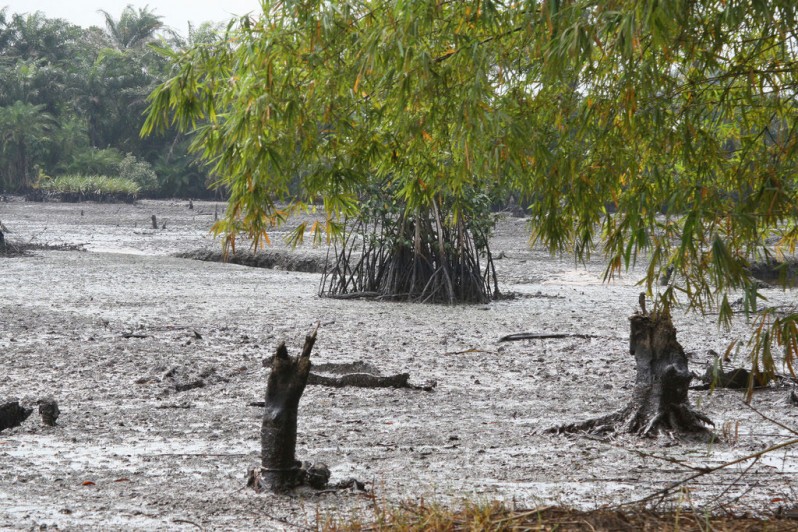
Amnesty International and Friends of the Earth have filed an official complaint against the firm Shell for shirking responsibility for oil spills in Nigeria and wreaking havoc on the environment. Environmentalists call the Niger Delta the global capital of oil pollution, but unlike the Gulf of Mexico, there are no underwater robots, flotillas of scientists or oil booms here.
Oyster bed restoration among first since oil spill
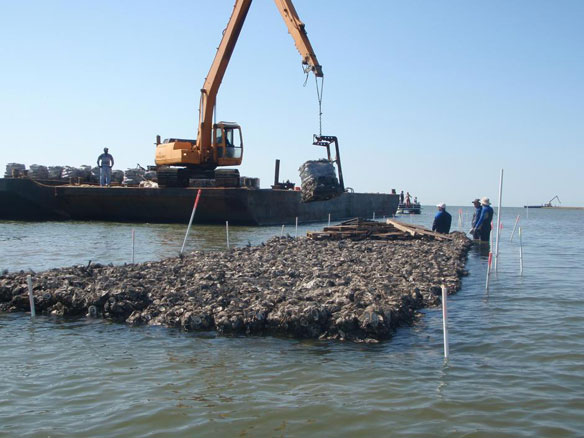
It’s one of the first coastal restoration projects since the oil spill sent thick crude washing into estuaries and onto beaches.
Some Oil Spill Test Results: Louisiana Residents and Ecosystem
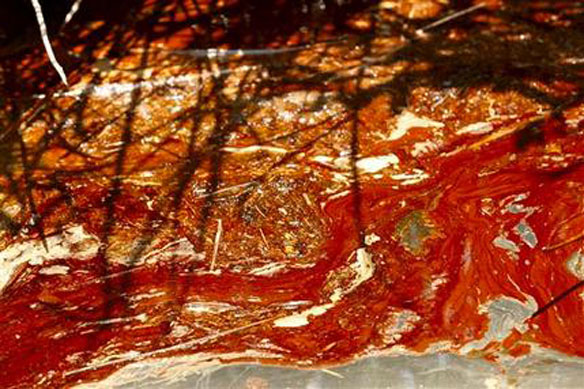
Samples of blood were collected on December 16, 2010, from individuals who came in contact with the BP spill chemicals, who visited the coastal communities and wetlands, documenting the impacts of the BP spill, and individuals exposed along the beaches. A report from the Louisiana Environmental Action Network (LEAN).
18 Diving Sites Closed to Save Coral Reefs, Thailand
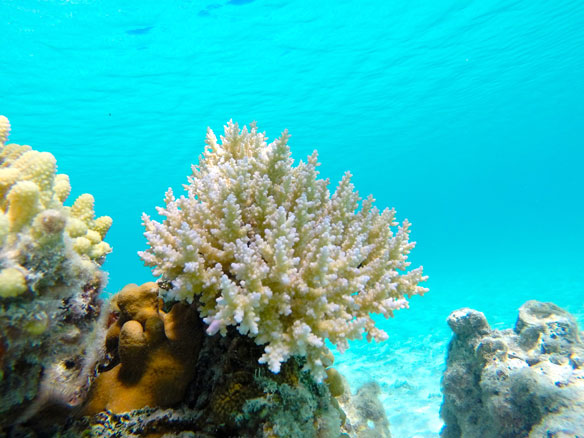
More than 80 percent of the corals at 18 dive sites have undergone bleaching, a symptom of severe stress caused by excessively warm water temperatures. Some of Thailand’s most popular diving sites are now off-limits to tourists for up to 14 months to allow damaged coral to recover.
Illegal Sand Miners Remain Unfazed, India

Illegal mining of sand along Mumbai and Maharashtra’s picturesque Konkan coast is threatening to destroy the fragile western coastline. This activity is being done in gross violation of the new coastal regulation norm that has banned sand mining along beaches and creeks.
Rising Waters Threatened The Coast of North Carolina
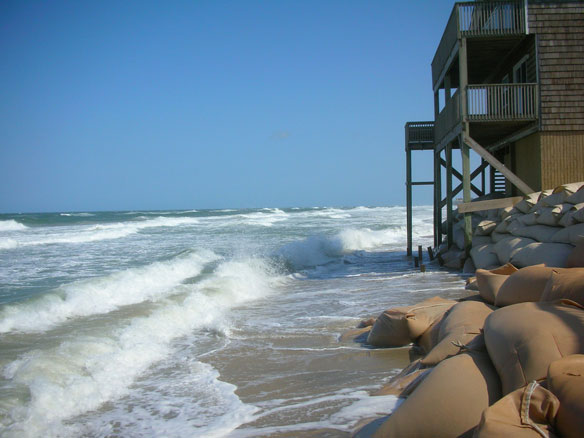
Climate change is carving its name into the state’s retreating shorelines. Planners are taking official notice as they prepare for a wetter world.
A Retreat In The Face Of a Rising Sea, California
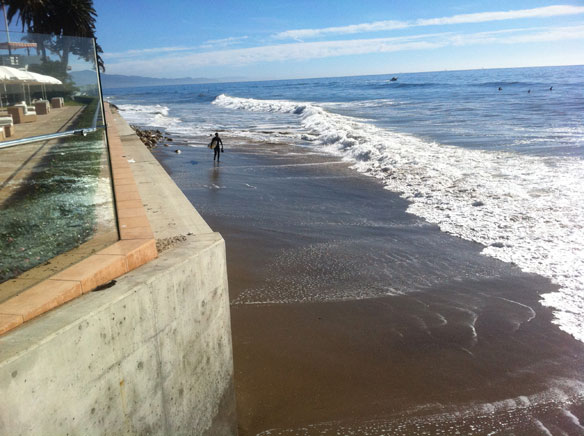
Higher ocean levels force California officials to move facilities inland – a managed retreat – an action that is expected to recur along the coast as the ocean rises over the next century, and as coastal communities have to come to grips with worsening coastal erosion.
